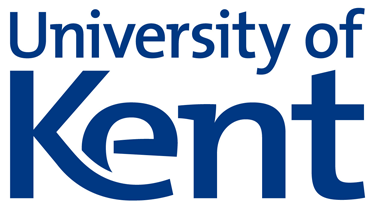CO559: Software Development
Software engineering principles
Tomas Petricek
email: t.petricek@kent.ac.uk
twitter: @tomaspetricek
office: S129A
Motivation
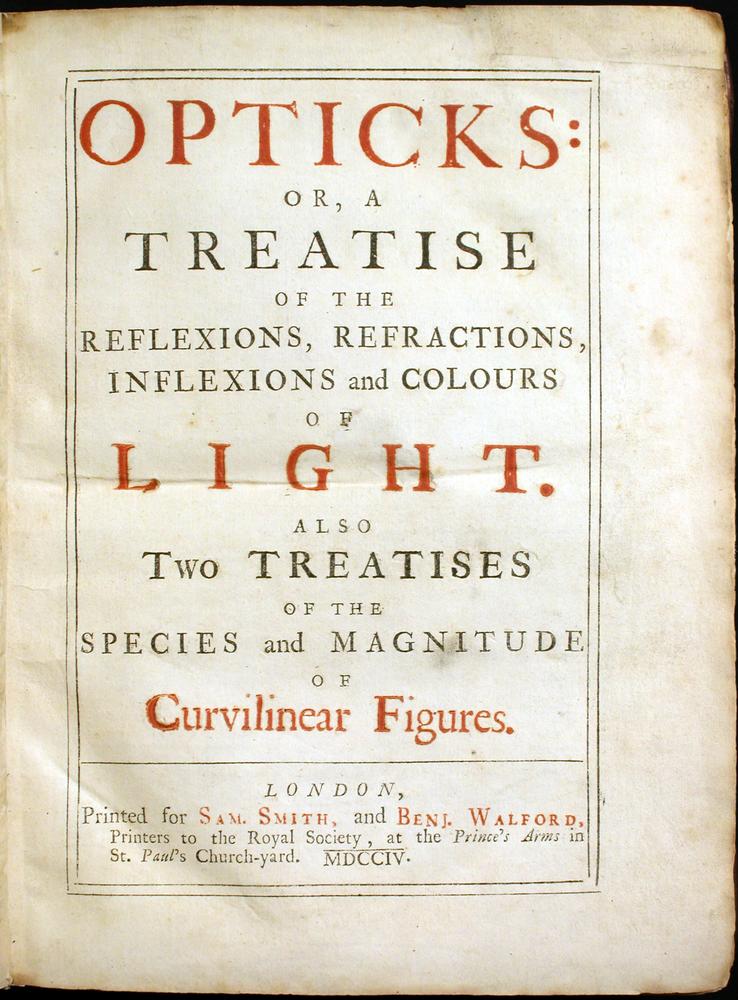
Fundamental knowledge
What knowledge about software will remain
relevant in 100 years?
Fundamental software engineering knowledge
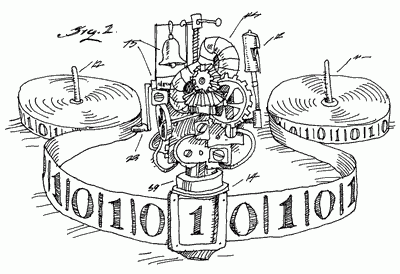
The halting problem
It is impossible to give a program
\(\Theta\) that, for any other program \(p\)
decides whether \(p\) terminates or not.
Software engineering
- What is impossible to build?
- Not a formal mathematical problem
- Can we say anything certain at all?
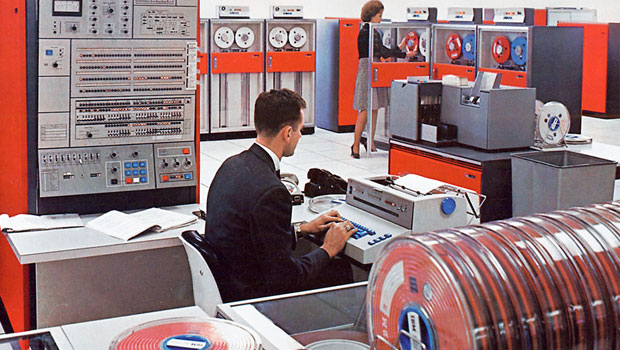
Historically situated knowledge
Learning from
the successes and the failures
of the past
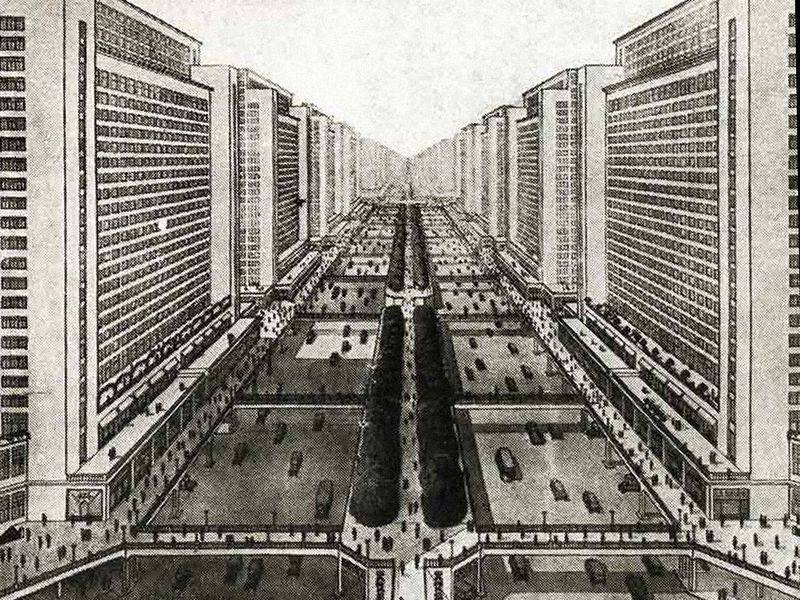
Learning from other disciplines
Is software engineering like real engineering, writing or urban planning?
Complexity
What is more complex software system to build?
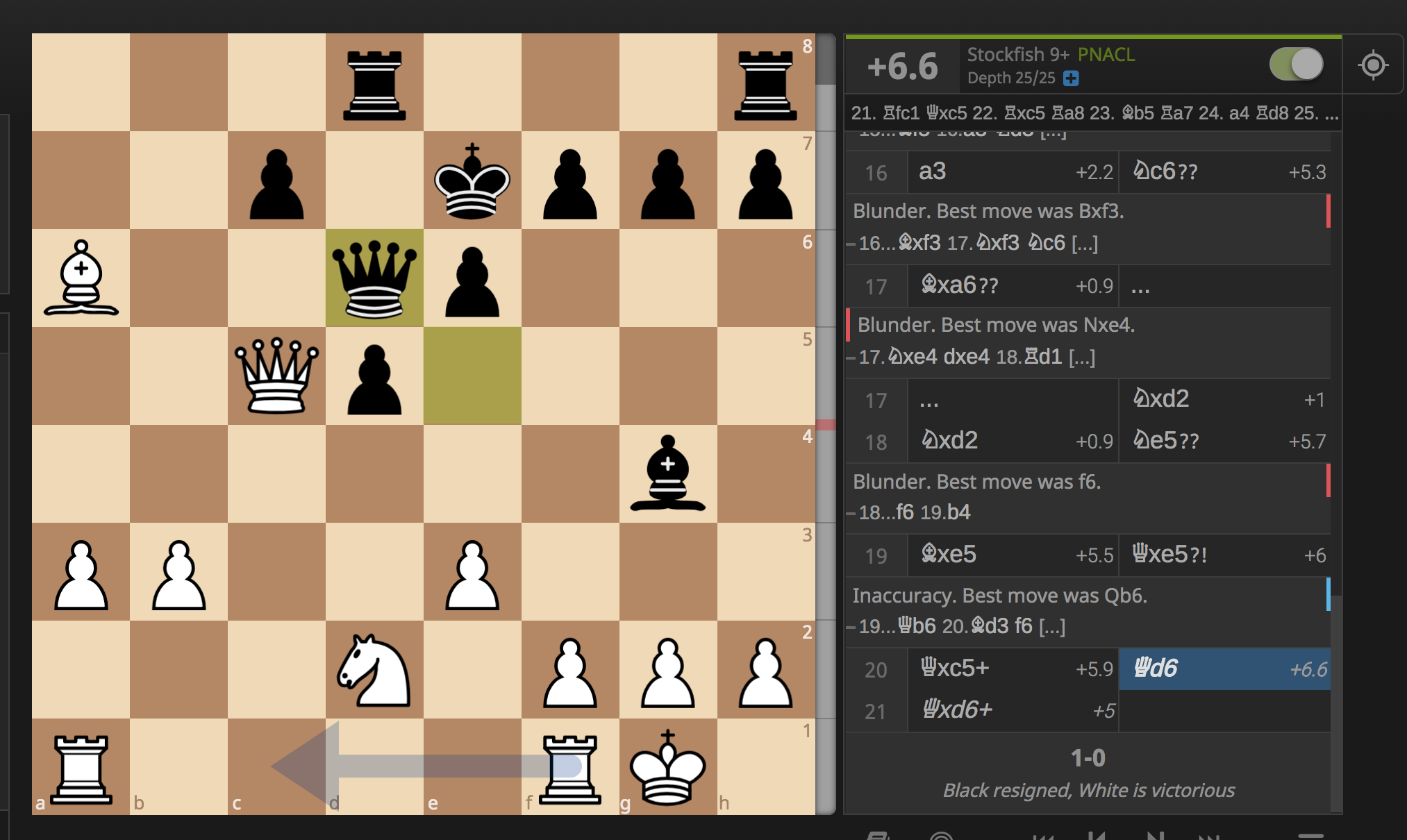
Chess engine that can consistently win against grandmasters? |

Accounting system that calculates and pay VAT in UK and France? |

IBM System/360
OS for a very wide
range of IBM machines
Led by Fred Brooks
Mythical Man-Month
Reflections on its
problematic history
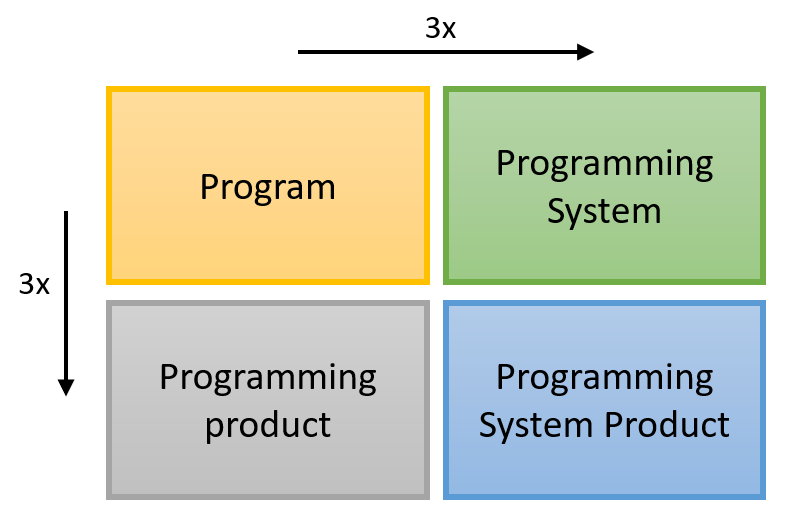
Product
General, debugged, tested
System
Set of compatible tools
Principle #1
Building programming systems product is 10x harder than building a program
Sources of software complexity
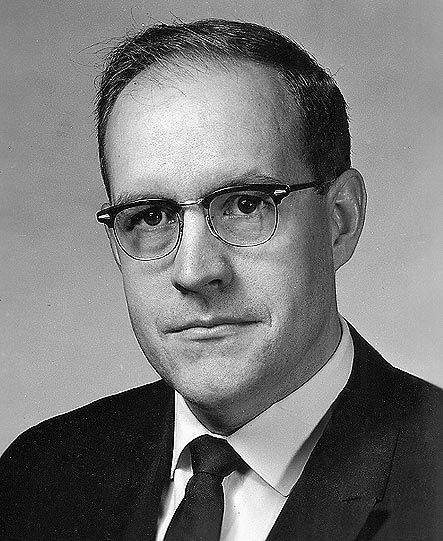
No Silver Bullet (Brooks, 1986)
Much of the complexity [software engineer] must master is arbitrary complexity, forced without rhyme or reason by the many human institutions and systems to which his interfaces must confirm.
No silver bullet (Brooks, 1986)
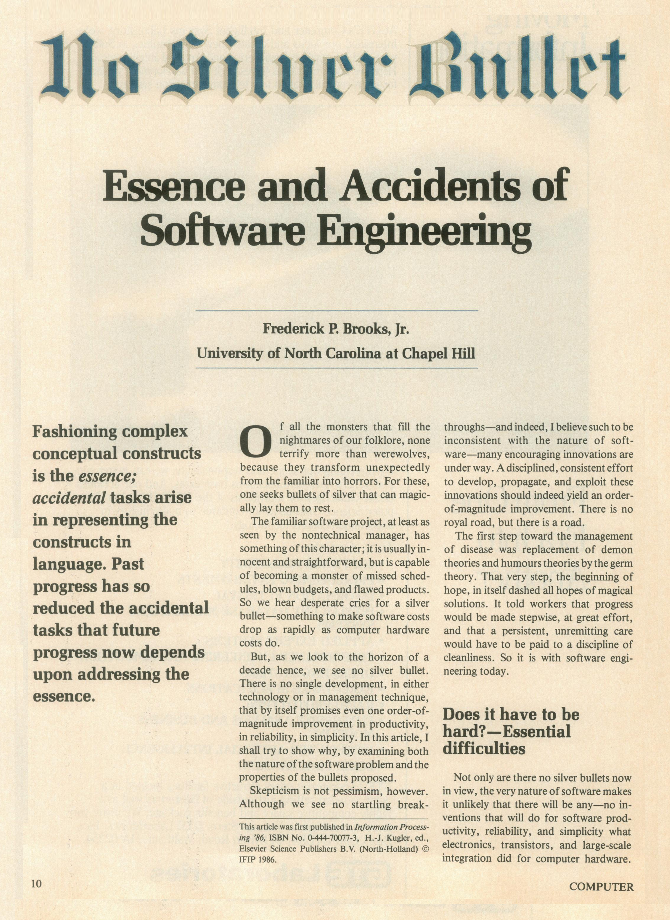
Essential complexity
- Large with no two parts alike
- Complexity of logic is essential
- Non-linear nature of software
Accidental complexity
- Imperfect programming tools
-
Unless this is more than 9/10, order
of magnitude improvement is impossible
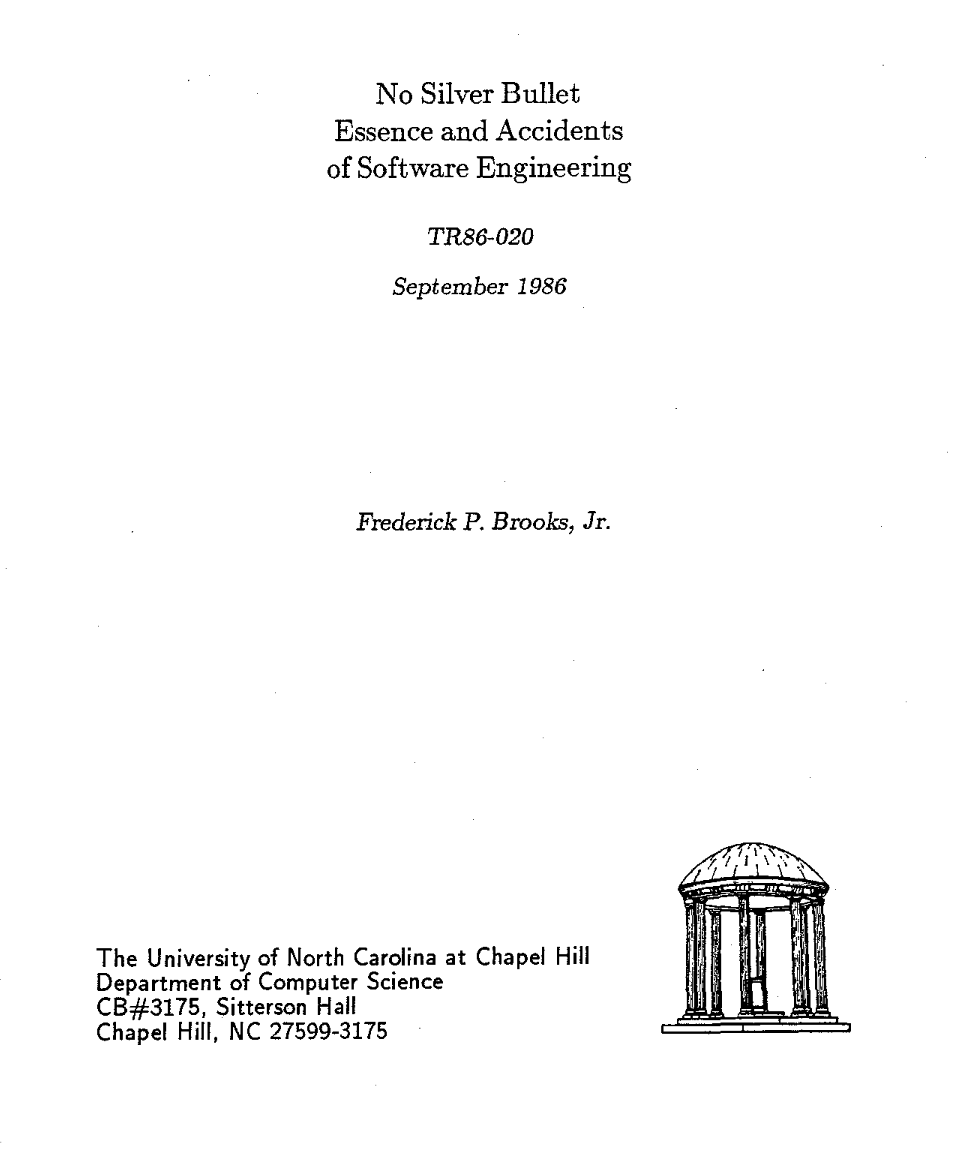
Principle #2
There is no single development, in either technology or management technique, which by itself promises even one order-of-magnitude improvement within a decade in productivity, in reliability, in simplicity.
Manpower
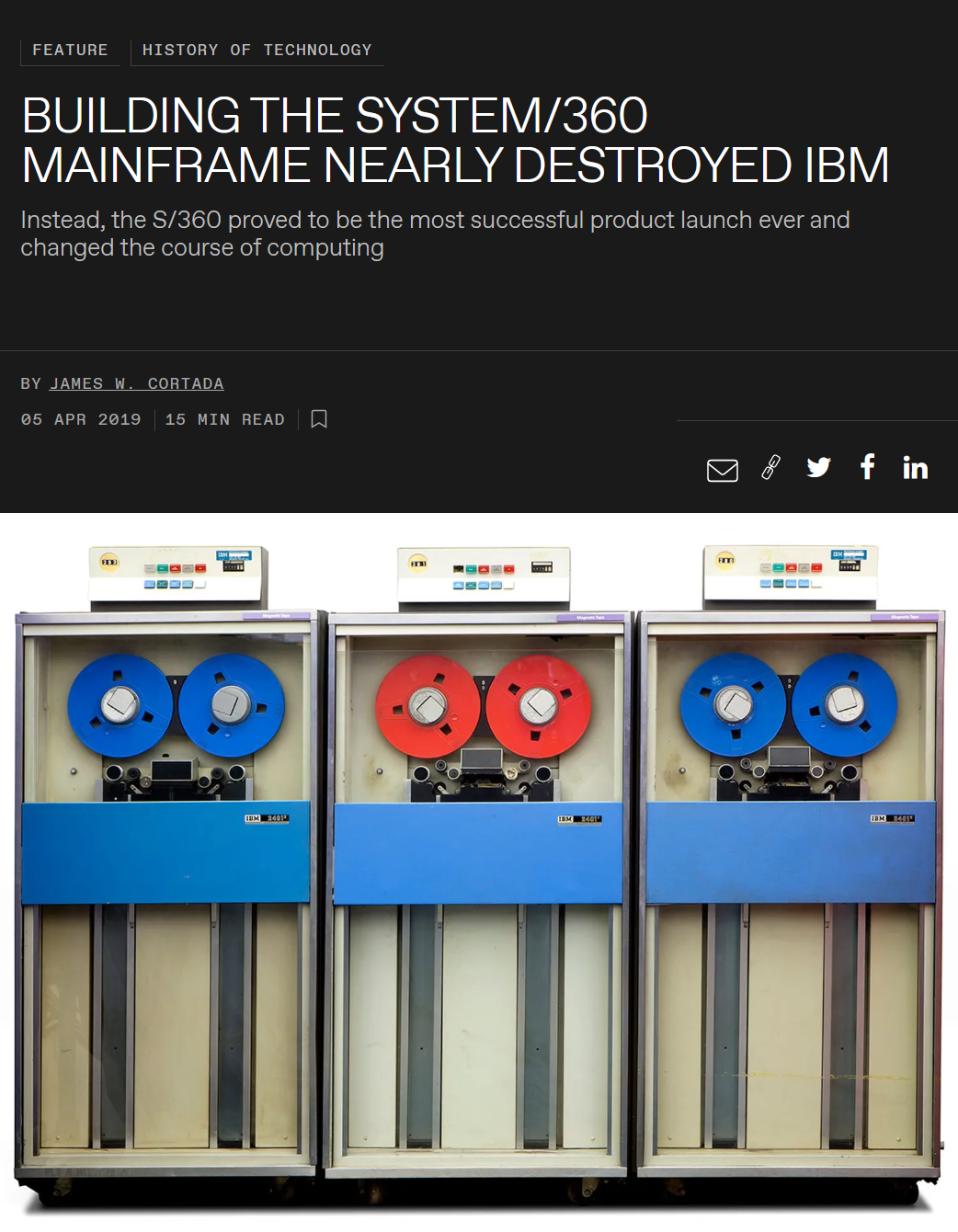
IBM System/360
Significantly over budget
But it did not destroy IBM
Significantly delayed
But it shipped eventually
IBM hired more programmers
But it did not help
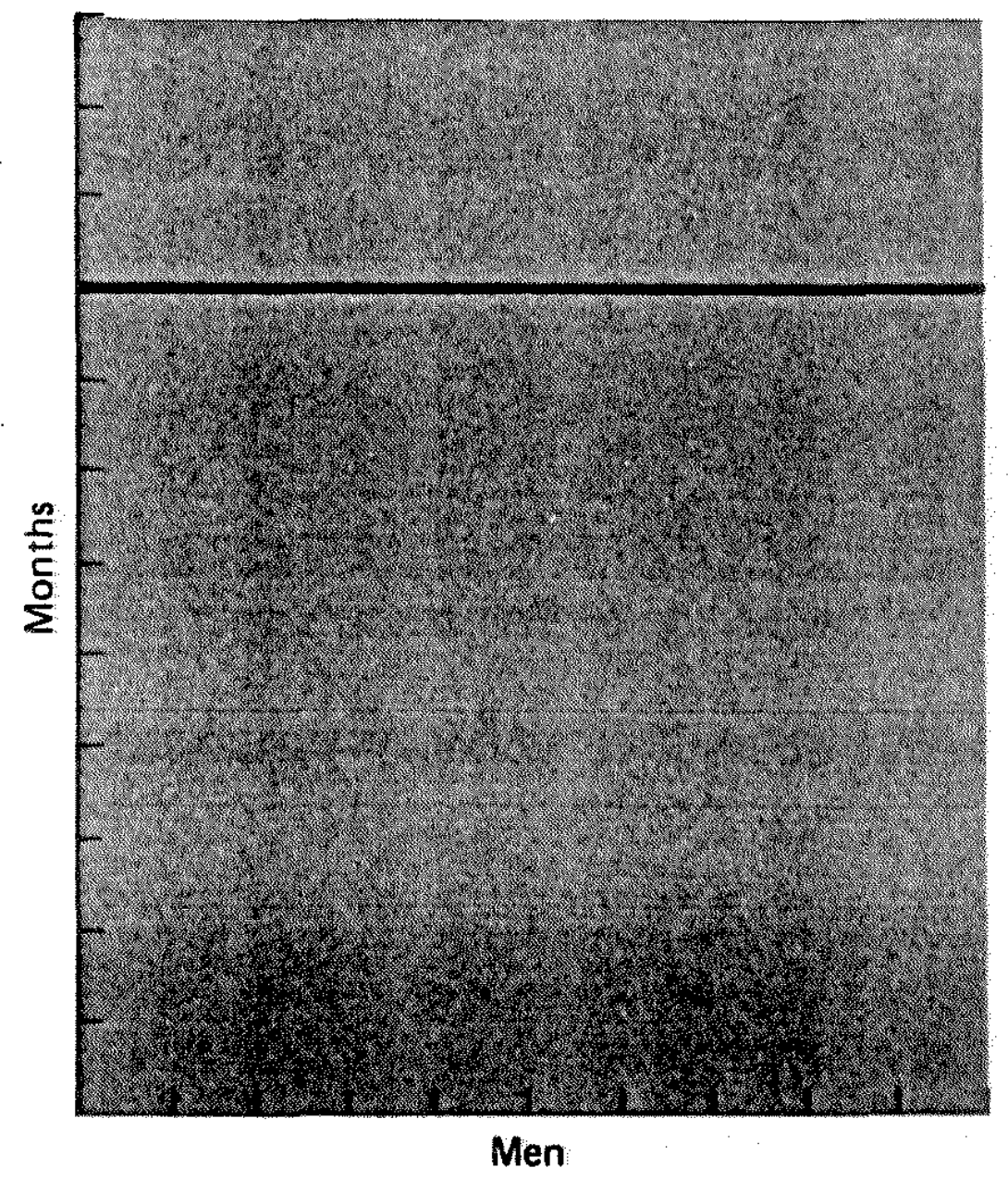
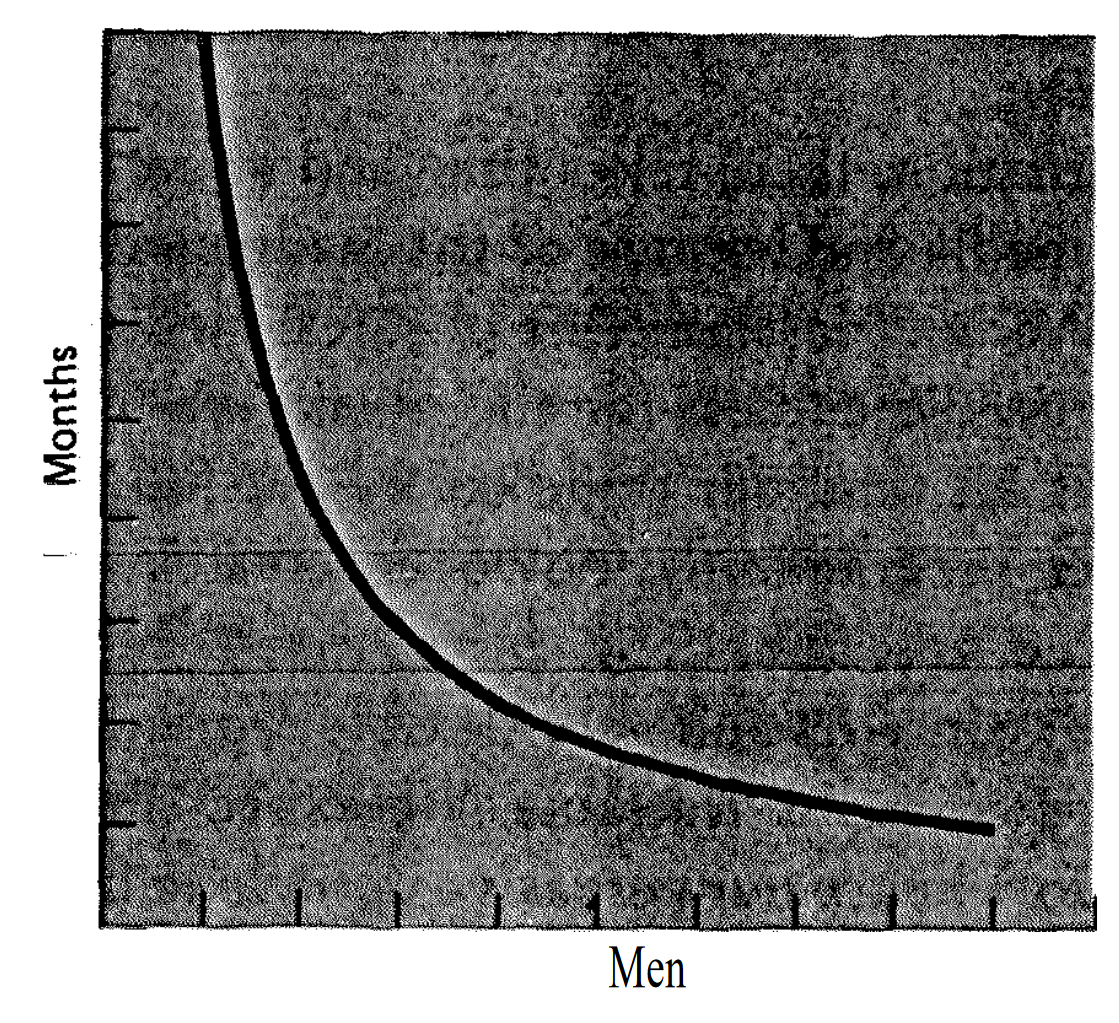
Unpartionable work Takes the same time regardless of number of people
Perfectly partionable Time decreases with number of people \(t=w/n\)


Requiring communication
Workers need to coordinate and be trained \(t=(w+k)/n\)
Complex task
Each worker needs to coordinate with each other \(t=w/n + k*n*(n-1)\)

Principle #3
Adding manpower to a late software project makes it later.
Further sources of complexity
We do not even know what software should do!
Every problem is unique with little repetition
There might not be a stopping rule
Solutions are not right or wrong
Social scientists call this Wicked Problems
Cures
Mythical Man-Month

Second system effect
This second is the most dangerous system a man ever designs
Throw one away
The first system may be too slow, too big, awkward to use, or all three.
No silver bullet (Brooks, 1986)

Buy versus build
- The most radical solution for constructing software is not to construct it at all.
- Can I use off-the-shelf solution?
Do we buy rather than build?
- Nobody builds their own database
- Many tasks done using spreadsheets
- Still, no silver bullet!
Information hiding
Should all information be hidden or exposed?
Brooks (1975) - Regular info updates (microfiche!)
Parnas (1972) - Modules should hide their internals
OSS (1980s) - All source code should be available

Conceptual coherence
Simplicity proceeds from conceptual integrity. Every part must reflect the same philosophies and the same balancing of desiderata.
Conceptual integrity dictates that the design must proceed from one mind, or very small number of agreeing minds.
Summary
Software Engineering principles
Principle #1
Building a programming systems product
is ten times harder than building a program
Principle #2
No single development will lead to order-of-magnitude
improvement in productivity and reliability
Principle #3
Adding manpower to a late software project makes it later.
CO559: Software Engineering principles
What you should remember from this lecture
- Three principles of software engineering
- Essential and accidental complexity
- What can be done about it
Tomas Petricek
t.petricek@kent.ac.uk | @tomaspetricek
References
Books and papers
- Rebecca Slayton (2013). Arguments that count
- Nathan Ensmenger (2010). Computer boys take over
- Fred Brooks (1975). The mythical man-month
- Steve McConnell (1993). Code Complete: A Practical Handbook of Software Construction
- David Parnas (1985). Software aspects of strategic defence systems
